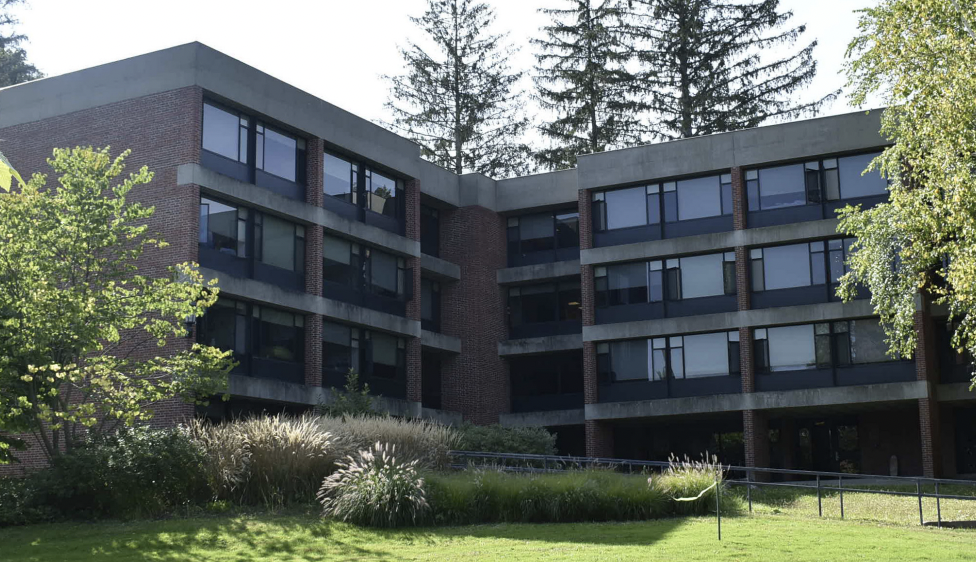Last Thursday, the College announced the creation of a shuttle pilot program intended for use by faculty, staff and their families.
The program, which is still in its pilot stage and will run for the first time tomorrow, is meant to address the need for consistent and reliable transportation options out of Williamstown for faculty and staff. The issue of inadequate transportation to and from the College has been frequently registered in various group listening sessions, individual conversations and written requests.
According to College administrators, the announcement of the pilot shuttle program has thus far been well received. Matt Sheehy, associate vice president for finance, expressed an eagerness to see how the shuttle is received in its first trip. “Our first shuttle will run this Thursday,” he said. “I hope that it’s wildly successful.”
He elaborated that the program was initiated by “a desire to support faculty and staff with finding moments to step away from the College and Williamstown itself and get to areas that have more transportation opportunities and more diverse communities.” Many faculty and staff, for example, do not have a driver’s license or otherwise do not drive, limiting their options for transportation.
According to Katarzyna Pieprzak, associate dean of the faculty and professor of French, this would allow for faculty to have a more “fulfilling professional and personal life … [without] the sense of isolation to other areas.” It would also alleviate some inadequacies in transportation around Williamstown, improving reliability and reducing costs.
Pieprzak mentioned that when she first began to work at the College, she had to commute to New York City every weekend to be with her husband. “It was a very expensive way to commute,” she said. “If then was now, I would be using [the shuttle] pretty much every weekend.”
The logistics behind the creation of this pilot shuttle program were “immensely complicated,” according to Sheehy. Logistics surrounding the program’s inception were particularly time-consuming, which resulted in the creation of a pilot program as a step towards a full-fledged shuttle program. The main goal of the pilot is to make it such that “people can trust in the service,” according to Sheehy.
To do that, a singular location and a singular route has been established for the time being. After listening to input from faculty, the train station in Wassaic, New York was chosen as the shuttle’s hub. Shuttles will travel between Williamstown and Wassaic, where passengers can then switch to other transportation options, including Metro-North Railroad to New York City. The station was chosen because, unlike other options such as Albany and Pittsfield, there was no preexisting transportation option going to Wassaic.
The shuttle was originally slated to leave Thursday and return on Sunday. However, faculty responses said that it would be preferable if the shuttle left at two different times during the week, resulting in Friday afternoon being added as an option for departure.
The College is currently funding the program, although the only cost involved goes toward paying a driver to run the shuttle. There are vehicles already available for the College’s use, as well as existing measures in place for the cost of gas.
The program is not the College’s first attempt at such a transportation program, but most previous endeavors have fallen into disuse as interest waned. According to Sheehy, however, “this is something we are interested in trying again, to see if this is something that can be successful.”








